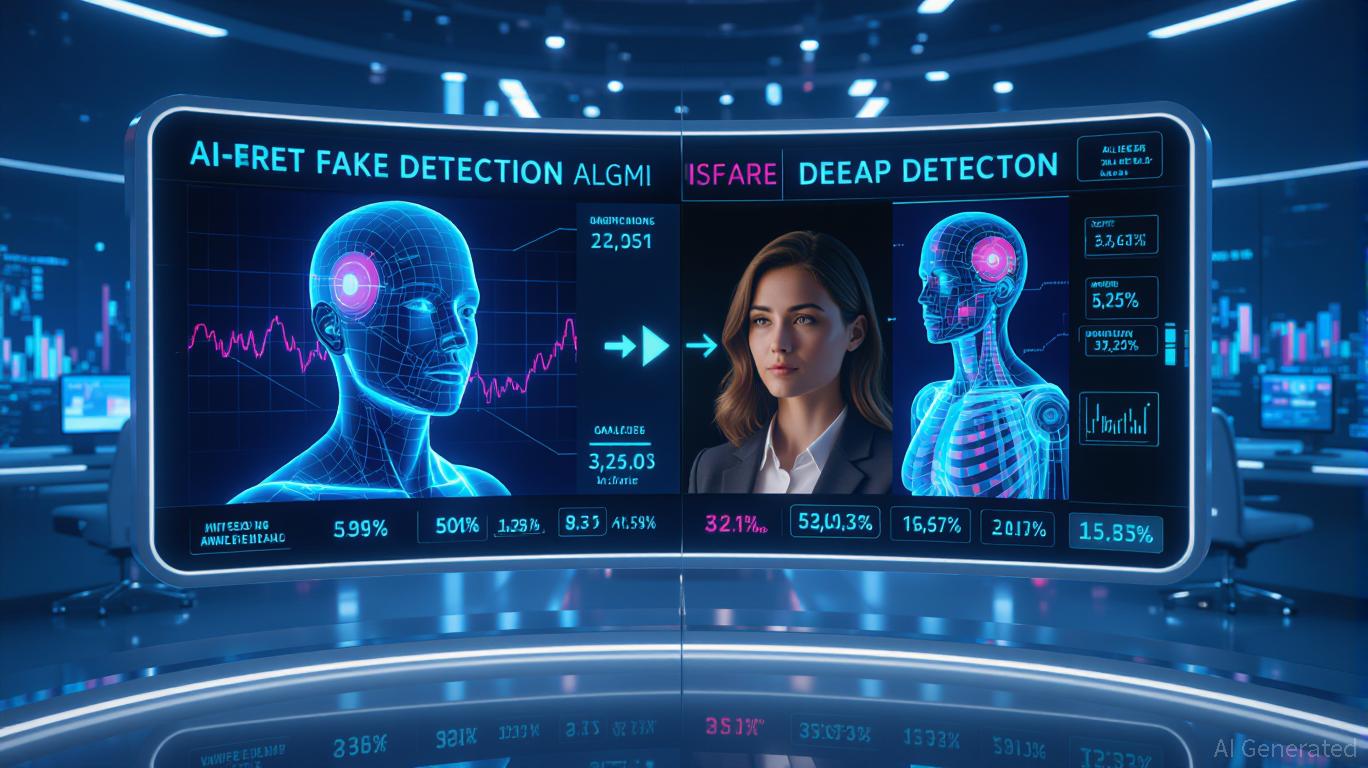SUI News Today: Sui's Mysticeti v2 Integrates Validation Within Consensus for Enhanced Efficiency
- Sui Network's Mysticeti v2 merges transaction validation into consensus, reducing latency by 35% and improving efficiency. - The update introduces a Transaction Driver that streamlines submission, cuts bandwidth usage, and enables faster confirmations via optimized validation. - Asia's nodes saw latency drop from 1.00s to 0.65s, while Europe improved by 25%, validating the protocol's performance gains. - Future updates aim to reduce message rounds and enable direct block streaming, reinforcing Sui's fast
Sui Network has introduced Mysticeti v2, a significant update to its consensus protocol based on Directed Acyclic Graphs (DAG), achieving a 35% decrease in transaction latency and boosting overall performance. This release incorporates transaction validation directly within the consensus mechanism, removing extra steps that previously caused additional computational work and delays, as detailed in the
Mysticeti was first rolled out on Sui’s mainnet in July 2024, designed to separate transaction broadcasting from ordering, which supports high throughput and resists censorship, as outlined in the Mysticeti v2 post. However, the original version kept a validation step before consensus, requiring validators to vote on transaction approval. While this safeguarded the network, it also increased latency for non-fastpath transactions—those that involve shared objects rather than exclusively owned ones, per the Mysticeti v2 post.

The Transaction Driver further refines transaction handling by replacing the earlier Quorum Driver system. Previously, transactions were sent to all validators, which required multiple rounds of signature collection and used substantial bandwidth and processing power, according to the Mysticeti v2 post. The new driver sends transactions to a single validator, who then manages certification across the network. Signatures are grouped within consensus blocks, greatly reducing bandwidth and computational demands, as explained in the Blockonomi article. Validators are chosen based on past latency to speed up confirmations, and the system includes robust retry and DoS protection mechanisms, as described in the Mysticeti v2 post.
Performance tests from Mysten Labs and its partners validate these enhancements. Full nodes in Asia experienced a 35% drop in latency, while those in Europe saw a 25% improvement, according to data from the Mysticeti v2 post. The Transaction Driver is now standard in
This upgrade highlights Sui’s dedication to its fastpath finality approach, where transactions involving only owned objects can be confirmed without full consensus, as explained in the Mysticeti v2 post. By refining both validation and submission, Mysticeti v2 moves the network closer to its optimal performance while maintaining robust security and scalability.
Disclaimer: The content of this article solely reflects the author's opinion and does not represent the platform in any capacity. This article is not intended to serve as a reference for making investment decisions.
You may also like
Dogecoin Updates Today: Optimism Grows for Dogecoin ETF Amid Death Cross and Investor Outflow Signaling Potential Decline
- Bitwise's Spot Dogecoin ETF (BWOW) nears SEC approval after filing an 8(a) form, potentially launching within 20 days under 2025's streamlined crypto ETF framework. - DOGE trades near $0.15 support with mixed technical signals: on-chain accumulation contrasts with 5.9% weekly losses and a looming "death cross" threatening $0.17 support. - ETF optimism clashes with holder exodus (-22M DOGE outflow on Oct 31), raising doubts about sustainability of current price levels amid growing institutional competitio
Crypto Credit’s Balancing Act: Innovation Races Against the Threat of Collapse
- DeFi platforms are deleveraging post-crash while maintaining strong demand for Bitcoin and Solana borrowing amid market volatility. - Recent $93M Stream Finance loss and $20B liquidation event exposed systemic risks, prompting risk reassessments and stablecoin collapses. - RedStone's Credora platform aims to standardize DeFi credit ratings across lending pools to address transparency and counterparty risks. - Regulatory scrutiny over KYC rules and smart contract exploits like Balancer's $128M hack intens

Investing in the AI Race: Strategic Distribution for Countering Disinformation Technologies
- Generative AI has intensified the global disinformation crisis, with deepfakes accounting for 30% of viral misinformation in 2024. - The AI-driven disinformation mitigation market surged to $300M+ in 2025, driven by regulatory mandates and corporate reputation protection needs. - Key sectors include real-time fact-checking platforms (ActiveFence, Primer), AI literacy tools, and deepfake detection tech (Cognitive AI, Reality Defender). - Regulatory frameworks like the EU's DSA create $100M+ compliance mar

Fed Split Over December Decision: Focus on Employment or Tackle Rising Prices?
- Fed officials debate December rate cut likelihood (67.3%), balancing labor market risks vs. inflation amid divided policy views. - Governor Cook prioritizes employment risks over inflation, while Daly supports "modestly restrictive" policy to curb price pressures. - Goolsbee warns of rising inflation, contrasting with Myron's call for 50-basis-point cuts to prevent recession, highlighting policy uncertainty. - Fed's $125B liquidity injections and balance-sheet pause signal easing, yet Powell cautions aga
